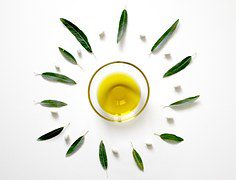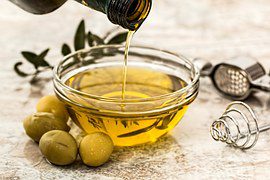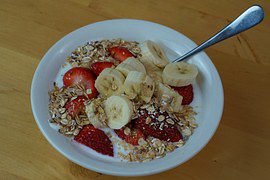
Did you know that not all fats are created equal? Unsaturated fats, such as monounsaturated and polyunsaturated fats, are essential for our health and can actually help reduce our LDL cholesterol levels. On the other hand, saturated fats and trans fats can increase LDL cholesterol and lead to health problems like heart disease.
With that in mind, here are 6 simple tips for trimming the fat from your diet and improving your overall health.
1. Choose Healthy Fats
![]()

When selecting fats for cooking or adding to meals, opt for healthier sources such as extra virgin olive oil, avocado oil, nuts, seeds, and fatty fish like salmon. These healthy fats can help to improve your heart health and reduce inflammation in your body.Try reducing (or eliminating) butter and margarine for added flavor and look to spices and herbs.
2. Read Labels Carefully
One of the easiest ways to trim the fat from your diet is to read food labels carefully. Look for products that are low in saturated and trans fats, and be cautious of any products that contain hydrogenated or partially hydrogenated oils. These oils are often found in processed foods and can be harmful to your health. Foods high in hydrogenated or partially hydrogenated oils include processed snacks, fried foods, baked goods, margarine, and some types of peanut butter.
3. Cut Back on Processed Foods
Processed foods are often high in unhealthy fats, as well as sugar and sodium. By reducing your intake of processed foods, you can significantly reduce your intake of unhealthy fats and improve your overall health. Opt for whole, fresh foods whenever possible and prepare your own meals at home.
4. Cut Visible Fat from Meat
If you eat meat, it’s important to choose lean cuts and trim visible fat before cooking. This can significantly reduce your intake of saturated fats and calories. Additionally, try to limit your consumption of red meat and opt for poultry, fish, or plant-based proteins like beans and lentils.

5. Be Mindful of Portions
It’s important to be mindful of your portion sizes when it comes to high-fat foods. Even healthy fats like nuts and seeds can be high in calories, so it’s important to eat them in moderation. Pay attention to your hunger and fullness cues and try to avoid overeating.Drinking water prior to a meal can help by increasing feelings of fullness, leading to a reduction in overall calorie intake.
6. Choose cholesterol-reducing soluble fiber
Incorporating cholesterol-reducing soluble fiber into your diet can help cut the fat by reducing your LDL cholesterol levels and promoting a healthier heart.
Start your day with a bowl of oatmeal or other high-fiber cereal. These cereals are often fortified with soluble fiber and can help lower cholesterol levels.

Add beans and legumes to your meals. These are a great source of soluble fiber and can be added to soups, stews, salads, or as a side dish.
Include fruits and vegetables in your diet. These foods are rich in fiber, including soluble fiber. Aim to include at least five servings of fruits and vegetables in your daily diet.
Trimming the fat from your diet doesn’t have to be difficult or restrictive.
By making simple swaps and choosing healthier options, you can improve your overall health and reduce your risk of chronic diseases like heart disease and diabetes.
Start by incorporating these 6 simple tips into your diet and see the difference it can help you make in your health and wellbeing.
Disclaimer: I am not a doctor. This general information is not intended to diagnose any medical condition or to replace your healthcare professional. Consult your personal physician before making any dietary or physical activity changes.

